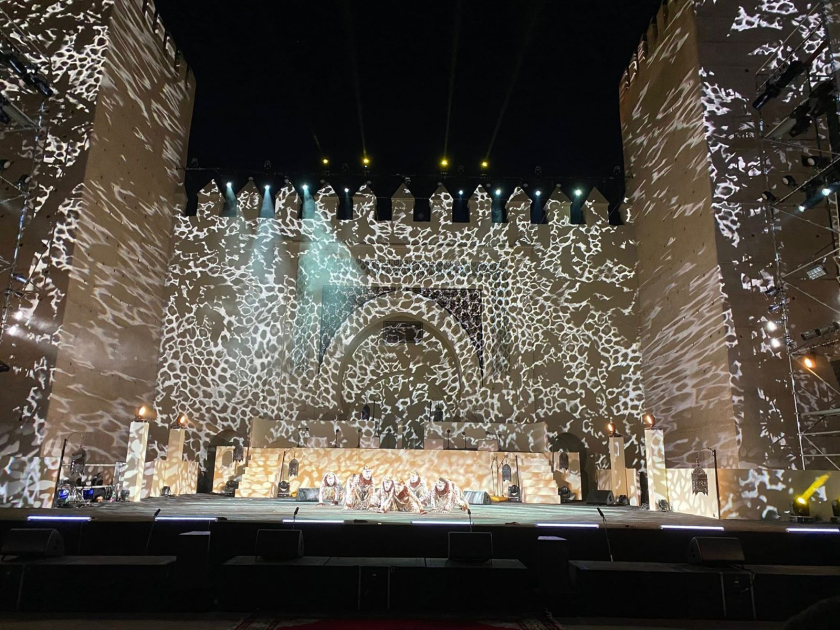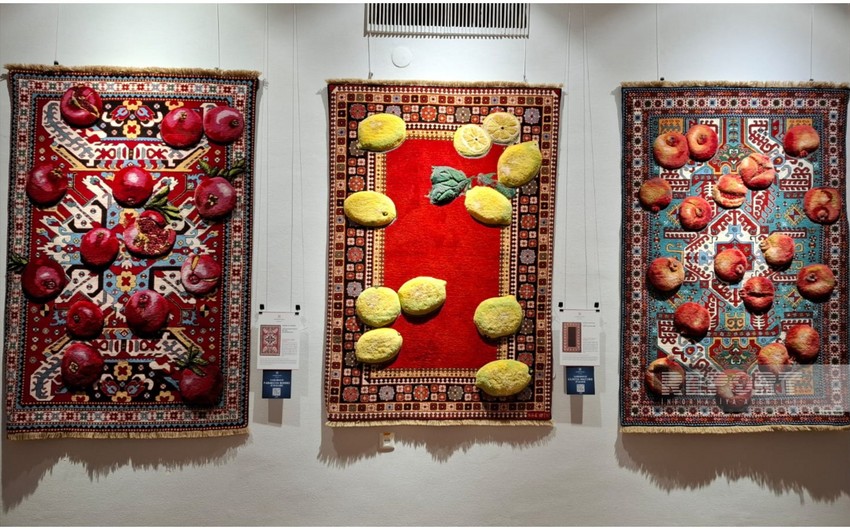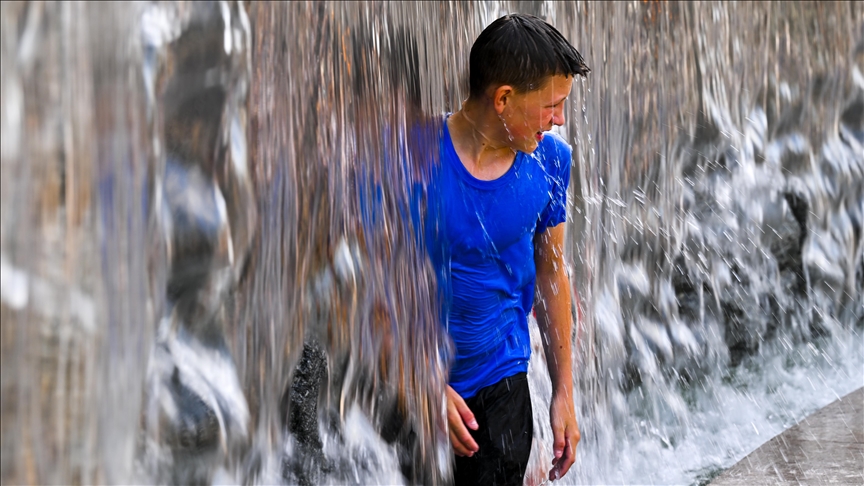In 1840, using a self-made copper plate, Henry Fitz Jnr produced one of the world's first selfies, his eyes gently closed to prevent any blinking from spoiling the result. In creating this striking blue image, he was doing more than record his appearance; he was also documenting America's first essays into an art form that would tell its story in radical new ways.
Fitz's self-portrait, along with more than 200 other photographs, chart 300 years of image-making at the Rijksmuseum's newest exhibition American Photography, Europe's first comprehensive survey of this subject. Complemented by international loans, the exhibition showcases, for the first time, the museum's own collection of American images, which it has been busy expanding since 2007.
America and photography run parallel. The medium is so connected with the country.The exhibition has deliberately departed from a "top 100" approach, Rooseboom adds, stating "that would have been too easy". Instead, works by icons such as Robert Frank, Richard Avedon and Diane Arbus sit alongside mementos, postcards and adverts – "surprisingly good images that nobody knows," he says.
By contrast, a 1913 postcard featuring 12,000 employees of the Ford Motor Company in Detroit may have been the "most expensive picture that was ever taken", quipped a newspaper at the time, as the factory had to shut down for two hours to assemble the staff. The image, the company boasted, was "the largest specially posed group picture ever made" and illustrates a turning point where industry saw the value in investing large sums in promotional photography. Taken in the year when Ford introduced America's first moving assembly line and the US had become the world's largest economy, the photograph also depicts the mass production that would shape the country.
The image's reappearance in Ford marketing also made it an early example of photoshopping. While the same tinted faces swarmed in the foreground, the number of employees cited in the caption increased exponentially, and a building to the left was cropped out in one version and acquired extra floors in another. "Apparently, many photographers and their publishers had no qualms about abandoning their medium's potential for realism," write Boom and Rooseboom in the exhibition catalogue.
A decade on, the New York portrait photographer James Van Der Zee was also embellishing his work, drawing jewellery on to his subjects and retouching their faces to erase dark lines and wrinkles. "I put my heart and soul into them and tried to see that every picture was better looking than the person," he said.
As a black photographer working from his Harlem studio at the height of the Harlem Renaissance, his work records a period when black migrants fleeing the segregationist South were forging a new life for themselves in the urban North. For the first time, African Americans and other minority groups could be photographed by someone inside their community, and represented in a way that uplifted them. Van Der Zee's Portrait of an Unknown Man (1938), for example, is carefully posed to suggest confidence.
The outfit is elegant and the buttonhole daisy adds a dandyish flourish. It's an image that reflects the aspirations and upward mobility of African-American people and the pride Van Der Zee had in his culture.It is the Chinese-American community that is the focus of the work of Irene Poon, who grew up in San Francisco's Chinatown, where her parents, first-generation immigrants from Guanghzou, ran a herbalist store. A 1965 image features Poon's sister Virginia in a local sweet shop, crowded out by Hershey's and Nestlé bars. The letters "Nest" peep out from the densely packed shelves, reinforcing a sense that she is enclosed by this mass of graphic lettering.
In the post-war years, mass immigration to the US brought new ways of thinking. the US took over from Europe as a cultural trendsetter, and photography was eventually accepted as an art form. Playful approaches to photography emerged, moving beyond documenting people and places to provoking emotion and inviting deep questions. Ming Smith's America Seen Through Stars and Stripes, created on the bicentenary of the Declaration of Independence, turns again to the flag inviting America to reflect on its history.
By placing a figure in mirrored sunglasses in front of a shop window, she creates a disorientating mesh of reflective surfaces. The grid structure suggests incarceration but – in combination with the round glasses and the stars on the flag also creates an abstract composition reminiscent of modern art. "She's a careful observer, playing with all these layers in the image," says Boom.
Madina Mammadova\\EDnews










